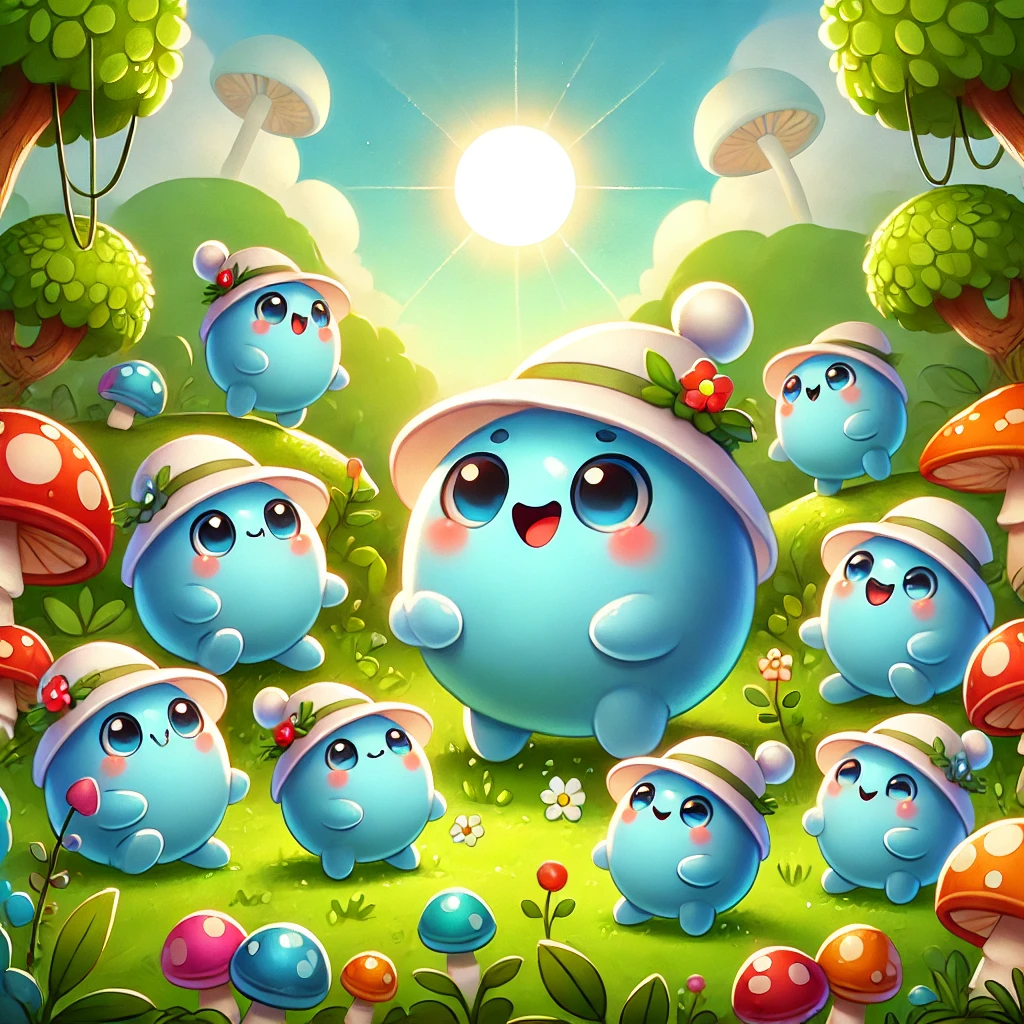
The rapid evolution of technology has transformed how we communicate. Today, we express feelings and ideas through tiny symbols known as emojis, often replacing words altogether. But have you ever wondered about the origins of these expressive icons? Let’s take a brief journey into the fascinating history of emojis!
📖 What Are Emojis?
The term emoji comes from the Japanese words e (picture) and moji (character). Emojis are pictorial representations of emotions, objects, or concepts that have become a universal language in digital communication.
🕰️ The Beginnings of Emojis
The story of emojis began in Japan in the late 1990s. Shigetaka Kurita, a designer working for the mobile communications company NTT DoCoMo, created the first set of 176 emojis in 1999. These simple 12×12-pixel designs were intended to enhance text messages by adding a visual element, making communication more engaging and expressive.
🌍 The Global Emoji Revolution
In the 2010s, emojis gained worldwide popularity with the rise of smartphones and messaging apps. In 2011, Apple included an emoji keyboard in its iOS devices, and soon after, Android followed suit. Emojis became a global phenomenon, transcending language barriers and creating a new way to communicate universally.
🎨 The Evolution of Emojis
Over time, emojis have evolved to reflect cultural diversity and social inclusion. The Unicode Consortium, the organization responsible for standardizing emojis, now includes options for different skin tones, genders, and cultural symbols. From food to flags, the emoji library has expanded to over 3,500 symbols, offering something for everyone.
🤔 Why Are Emojis So Popular?
Emojis add color and emotion to our digital conversations, making them feel more personal and human. Research shows that emojis help convey tone and intent, reducing misunderstandings in text-based communication. In a way, they act as the emotional bridge in our virtual interactions.
🌟 Fun Facts About Emojis
The most popular emoji is the 😂 (Face with Tears of Joy), often used to express laughter or joy.July 17th is celebrated as World Emoji Day because that’s the date shown on the 📅 Calendar emoji.The word “emoji” is often mistakenly associated with “emotion,” but its origins are purely Japanese.
Emojis have come a long way since their humble beginnings in Japan, becoming an integral part of how we communicate in the digital age. Whether you’re sending a ❤️ to show love or a 😂 to share laughter, emojis continue to bring us closer, one tiny icon at a time.